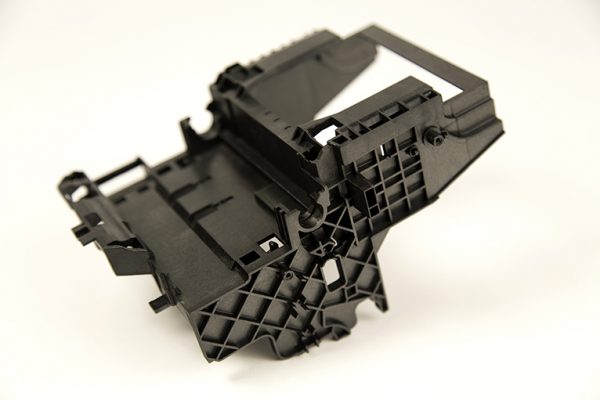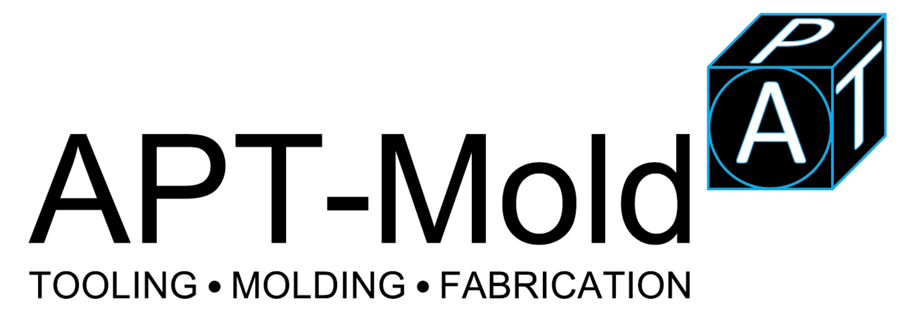Let’s take a moment to think about how a single plastic injection mold has made the whole process of manufacturing way easier than it used to be. While keeping this warm image in our minds is enough to weigh in the benefits, it should never deter us from the fact that modern manufacturing process has a lot of issues. These surely need a troubleshooter to take care of these problems.
Most of these drawbacks are attributed to technicians who don’t know really well how to handle the technology. Plastic injection molders sometimes lack the experience or knowledge to handle modern machining is they haven’t been appropriately trained to use it. As you imagine, this could have consequences with the equipment such as defective products that don’t comply with industry regulations, or the requirements and expectations of the clients.

plastic injection molds, *picture from goproto.com
Molding Machine Troubleshooting 101
The following are some of the most common plastic injection molding problems, next to a brief explanation behind the causes of each one.
Mold Warpage
Injection molding warpage happens when the intended shape of the molded part being created is gnarled during cooling. The most visible of mold warping are defective parts that can bend, fold, bow, or twist. Among the most common causes of mold warpage, we can list the following:
- Inadequate Injection Pressure or Time: it happens previously to the production cycle, usually because the data used on the computer to handle the task is not the right one.
- Inadequate Residence Time: the molten plastic spends too much or too little time inside the mold, making the finished product look crooked.
- Low Barrel Temperature: the barrel that is supposed to deliver the molten plastic is not appropriately heated.
- Mold Temperature Too Low: the mold is too cold to receive the molten plastic.
- Uneven Mold Temperatures: if the mold has more than one piece, both should be at the same temperature.
- Nozzle Temperature Too Low: this one is tricky because it can create clogs in the plastic injection machine.
- Improper Flow Rate: the machine doesn’t deliver the proper amount of molten materials for each part.
- Inconsistent Process Cycle: production gets delayed because the machine has not been correctly programmed.
- Inadequate Gate Size: the gate to deliver the molten material does not have the correct size of the specs.
- Incorrect Gate Location: the gate to deliver the molten material is not placed where it should be.
- Lack of Ejection Uniformity: the machine doesn’t eject the finished parts the way it should.
- Part Geometry: all the finished parts look uneven.
Mold Burns
Mold burns are one of the most usual issues of any plastic injection mold. They are easily recognizable because they appear as black discolorations on a finished piece. They can also look brownish or rusty. They also show up as streaks or even small spots. The burn marks visible on any injected molded parts get there at the end of the flow track, where air can be trapped. The most common causes of mold burns are the following:
- Injection Speed Too High: the plastic molding machine is working faster than it should
- Invariable Resin Temperature: It can be too high or too Low. Either way, it will cause burns if the material is not at the right temperature.
- Lack of Venting: no airflow is a problem for finished parts. The burns become more visible when this happens
- Trapped Air in Injection Cavities and Pockets: the air should have a steady flow in any manufacturing project. It has to be able to enter and go out as it’s needed.
- Inadequate Gate Size: the gate that allows the flow of molten material does not have the correct size of the specs.
- Inadequate Nozzle Size: the nozzle to deliver the molten material does not have the correct size of the specs.
- Part Geometry: In this stance, this happens because either the design is crooked, or the mold is too complicated.
Self-Destructing Parts
This is probably the manufacturing counterpart to spontaneous combustion, except this one is not a myth. When a part created with plastic injection molding self-destruct, these are the usual reasons behind it:
- Cheap Materials: If we use commodity resins on projects demanding engineering resins, we are the ones making a mistake.
- Unprocessed Resins: Every resin should be processed according to the manufacturer’s manual. If we fail to do so, the part will break apart on its own.
- Inconsistent Cavity Pressure: it affects the sturdiness of the finished product.
- Non-calibrated Transducer: Transducers are affected by pressure, and each production cycle affects it. They need a revision after each task.
- Water or Foreign Matter Contamination: If water gets inside the mold before the cooling procedure, the product will be imperfect. It applies to any other material.
- Inconsistent or Incorrect Melt Temperature: molten plastic that is not at the right temperature to be processed by the mold will translate into faulty products.
- Non-Homogenous Melt Temperature: changes in the temperature of the molten plastic will corrupt the finished products.
- Incorrect Mold Temperature: a mold that is not heated correctly up will deliver faulty products.
- Inadequate Cooling Rate: if the cooling of the mold and the parts is not calibrated to precision, they will be released either too soon or not fast enough. Both scenarios are troublesome.
- Inconsistent Cycle Time of Molding: the molding of every part should be timed evenly. If this is not happening, you will likely end up with a lot of defective products.
- Part Produced with No Tolerance: tolerance levels are programmed previously to the production cycle; if the data is wrong, the product will break easily.
- Part Geometry: in this stance, it all comes down to the design stage and the inability of the team to see any faults of the CAD models.
